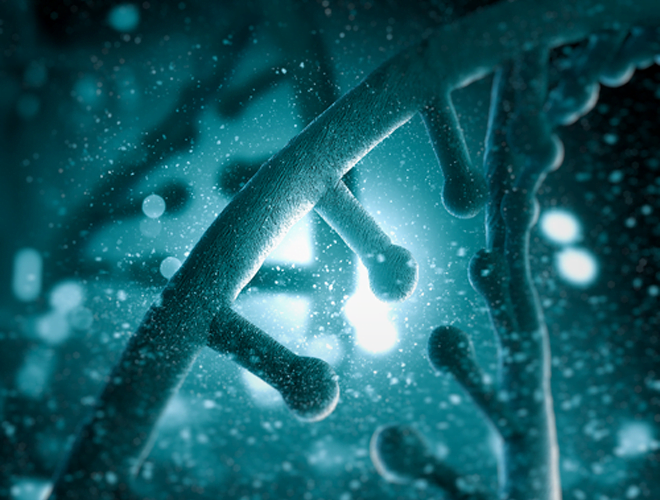Study of gene mutations improves understanding of inherited Parkinson’s disease
Posted: 29 July 2016 | Mandy Parrett, Editorial Assistant | No comments yet
Scientists have developed a new method of measuring the activity of disease-causing mutations in the LRRK2 gene, a major cause of inherited Parkinson’s disease.


Scientists have developed a new method of measuring the activity of disease-causing mutations in the LRRK2 gene, a major cause of inherited Parkinson’s disease.
The team believes this breakthrough, which was published in the Biochemical Journal, could expedite future development of a clinical test that could facilitate the evaluation of drugs to target inherited Parkinson’s disease.
“It’s important to better understand how disruption in LRRK2 biology causes Parkinson’s disease and whether a drug that targeted the LRRK2 enzyme would offer therapeutic benefit,” said lead study author Professor Dario Alessi from the University of Dundee.
Mutations in the LRRK2 gene are the most common cause of genetic Parkinson’s disease (~1% total cases). The most common disease-causing mutation in this gene increases the activity of the LRRK2 protein (enzyme) three-fold, which implies that the increase in activity of the protein may contribute towards the symptoms of the disease in these patients. It also suggests that drugs that reduce the activity of the LRRK2 protein (LRRK2 inhibitors) may help treat patients with this form of inherited Parkinson’s disease.
“Current drug treatments only deal with symptoms of the condition, such as tremors, but do not affect the progression of Parkinson’s disease. An important question is whether a LRRK2 therapy might have potential to slow progression of the condition, which no other current therapy is able to do,” commented Alessi.
When the LRRK2 protein is active it stops another cellular protein called Rab10 from fulfilling its function in the body. There are many proteins in the Rab family and a number of them have been shown to be low in number or deactivated in different forms of Parkinson’s disease. The new method, which was developed using a mouse model, was established by a collaboration of researchers from the University of Dundee, The Michael J. Fox Foundation for Parkinson’s Research, GSK and the University of Hong Kong.
“The prediction is that elevation of LRRK2 activity leads to Parkinson’s disease, and this is now testable using our assay,” said Alessi. “The expectation is that if a sub-group of patients can be identified with elevated LRRK2 activity, these individuals might benefit most from LRRK2 inhibitors.”
New assay promising for inherited Parkinson’s research
This new experimental assay is straightforward; only requires small amounts of sample material; and is suitable for adapting to analyse large samples. This is in contrast to current mass spectrometry technology that is more complex and cumbersome and requires larger sample sizes.
While acknowledging that more work is needed, the researchers believe this breakthrough could help with future drug developments for patients with this form of Parkinson’s disease.
“I am hopeful that the new technology [utilised] in our study will greatly aide future work on defining the role that LRRK2 plays in Parkinson’s disease. I am also particularly excited about the potential of the methodology we have elaborated, especially if it could be exploited to assess LRRK2 activity in Parkinson’s patients and accelerate development and evaluation of LRRK2 drug candidates,” Alessi explained.
A commentary by Dr Patrick Eyers, University of Liverpool, accompanying the research paper will be published later this month in the same journal.
Related conditions
Parkinson's disease
Related organisations
The Michael J. Fox Foundation for Parkinson's Research, University of Dundee, University of Hong Kong



